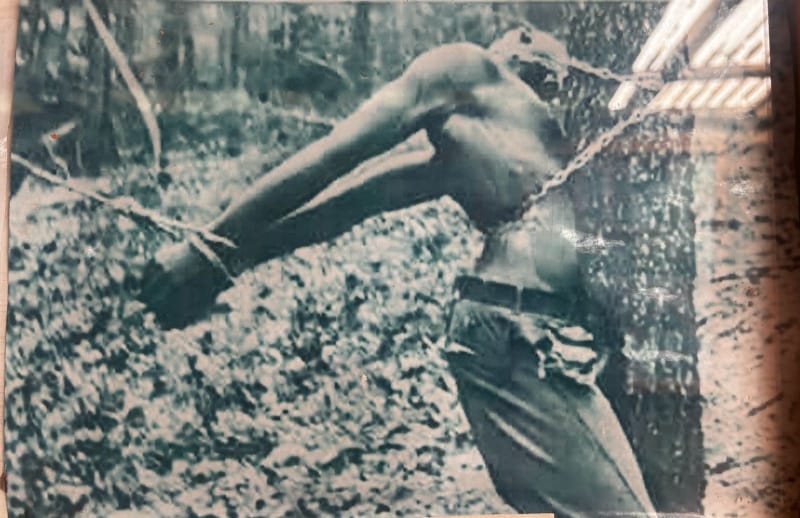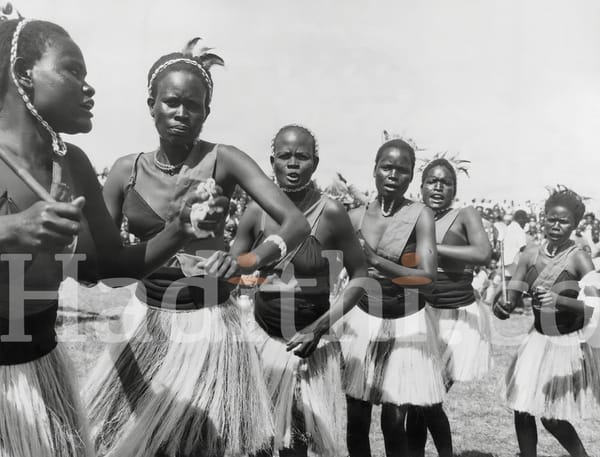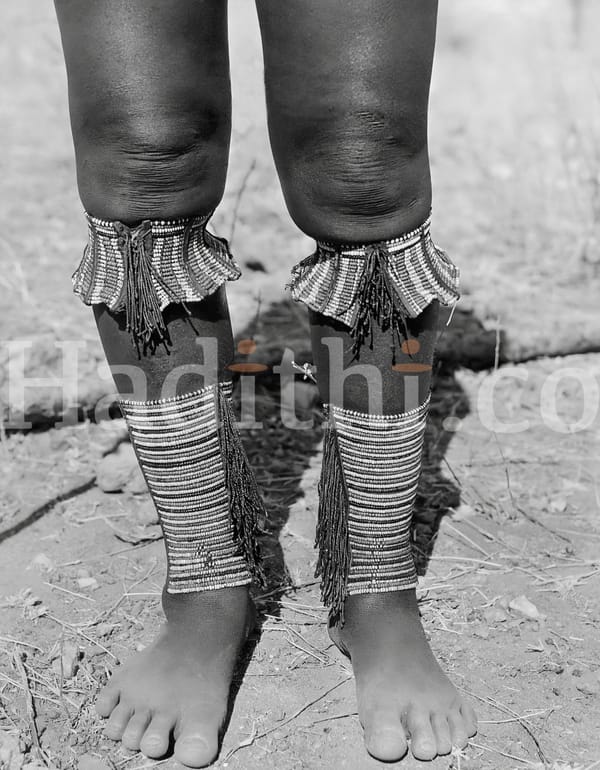The Mau Mau Uprising: Torture and Repression in Colonial Kenya

Introduction
The Mau Mau Uprising (1952-1960) is a pivotal event in Kenya's history, representing a fierce struggle against colonial oppression. This article provides an in-depth exploration of the brutal methods of torture utilized by British colonial authorities against the Mau Mau fighters and their supporters. By examining these practices, we can better understand the psychological and social impacts of colonial violence.
Historical Context: The Seeds of Rebellion
Colonial Land Policies
The origins of the Mau Mau movement can be traced back to severe land dispossession policies instituted by British colonizers in the early 20th century. The Kikuyu people, who traditionally occupied and cultivated the fertile highlands, were systematically displaced. The introduction of the Land Apportionment Act in 1930 allowed for the alienation of Kikuyu land, which was redistributed to European settlers.
Economic Disenfranchisement
In addition to losing their land, the Kikuyu were economically marginalized. The colonial government imposed taxes and forced labor conditions that further entrenched poverty. This economic disenfranchisement fueled resentment and discontent, becoming fertile ground for the Mau Mau uprising.
Emergence of the Mau Mau Movement
By the late 1940s, disillusionment among the Kikuyu had reached a tipping point. The Mau Mau movement emerged as a response, advocating for land reclamation and political rights. The movement was characterized by an oath of unity among its members, reinforcing commitment to the cause.
Brutal Repression: Methods of Torture
1. Physical Beatings
Physical violence was a hallmark of the British response to the Mau Mau uprising. Detainees were routinely subjected to beatings, often resulting in broken bones, internal injuries, and permanent disabilities. The brutality of these assaults served multiple purposes: punishment, intimidation, and coercion.
Psychological Impact
The physical scars of beatings were often accompanied by psychological trauma. Survivors reported long-term effects, including anxiety, depression, and post-traumatic stress disorder (PTSD). The humiliation of being beaten in front of peers further exacerbated feelings of helplessness.
2. Electric Shock
Electric shock torture became one of the most notorious methods used in detention camps. Detainees were subjected to electric currents applied to sensitive body parts, causing excruciating pain. This method was designed not only to punish but also to extract confessions and information about the movement.
Lasting Effects
Victims of electric shock often faced chronic pain and neurological issues long after their release. The psychological impact included a profound fear of authority figures and a deep-seated mistrust of the colonial government, which persisted even after independence.
3. Sexual Violence
Sexual violence was utilized as a weapon of war against women in detention. Many women were raped, assaulted, or subjected to sexual humiliation. This systematic abuse aimed to undermine the social structure of the Kikuyu community, instilling fear and disempowerment.
Societal Consequences
The prevalence of sexual violence not only traumatized individual victims but also had broader societal implications. Families were often torn apart, and the stigma associated with sexual abuse led to a culture of silence, preventing victims from seeking justice or support.
4. Water Torture
Water torture, including methods resembling waterboarding, was employed to extract confessions. Detainees were restrained and had water poured over their faces, simulating drowning. This method was not only torturous but also psychologically devastating, as it invoked a primal fear of death.
Psychological Consequences
The fear and trauma associated with water torture contributed to long-term mental health issues for survivors. Many reported nightmares and flashbacks, as well as an intense fear of water, which symbolized their traumatic experiences.
5. Isolation
Isolation was a common tactic used to break the spirit of detainees. Many were held in solitary confinement for extended periods, deprived of social contact and subjected to harsh conditions. This led to severe mental deterioration and a sense of hopelessness.
Long-Term Impact
The psychological effects of isolation could be profound. Survivors often struggled with social reintegration, finding it difficult to connect with others after experiencing the extreme loneliness of solitary confinement.
6. Forced Labor
Detainees were often subjected to forced labor under brutal conditions. They were made to work on plantations or in construction projects, with inadequate food, water, and shelter. This exploitation served both punitive and economic purposes for the colonial authorities.
Exploitation and Dehumanization
The forced labor system dehumanized detainees, stripping them of their dignity and agency. Many suffered from malnutrition and exhaustion, leading to high mortality rates among detainees. The experience of forced labor left lasting scars on victims and their families.
7. Mock Executions
To instill fear, colonial authorities frequently staged mock executions. Detainees were blindfolded and made to believe they were about to be killed. This psychological torture aimed to break the spirits of prisoners and deter others from joining the resistance.
Lasting Fear and Trauma
The experience of mock executions left deep psychological scars. Survivors often lived with a constant fear of violence and retribution, affecting their relationships and interactions with authority figures long after the uprising had ended.
The Impact on Kenyan Society
The brutal methods of torture employed during the Mau Mau Uprising had profound and lasting effects on Kenyan society. The legacy of violence and trauma continues to influence contemporary Kenyan politics and social dynamics.
Psychological Effects
The psychological wounds inflicted by torture and repression have been passed down through generations. Many survivors and their descendants grapple with the unresolved trauma, which manifests in various forms, including mental health issues and social mistrust.
Social Division
The colonial violence during the Mau Mau Uprising contributed to deep social divisions within Kenyan society. The atrocities committed by colonial authorities fostered a culture of fear and suspicion, making reconciliation and healing difficult in the post-colonial era.
Historical Memory and Reconciliation
The legacy of the Mau Mau Uprising remains a contentious topic in Kenya. While the uprising is celebrated as a critical step towards independence, the brutal repression faced by the Kikuyu people is often overshadowed. Acknowledging this painful history is essential for fostering reconciliation and addressing the lingering impacts of colonial violence.
Conclusion
The Mau Mau Uprising represents a significant struggle for independence, marked by both bravery and brutality. The torture and repression experienced by the Kikuyu people serve as a stark reminder of the lengths to which colonial powers will go to maintain control. Understanding this history is crucial for recognizing the ongoing effects of colonialism in Kenya and for promoting healing and reconciliation in a society still grappling with its past. By confronting this legacy, Kenyans can work towards a more just and equitable future.




